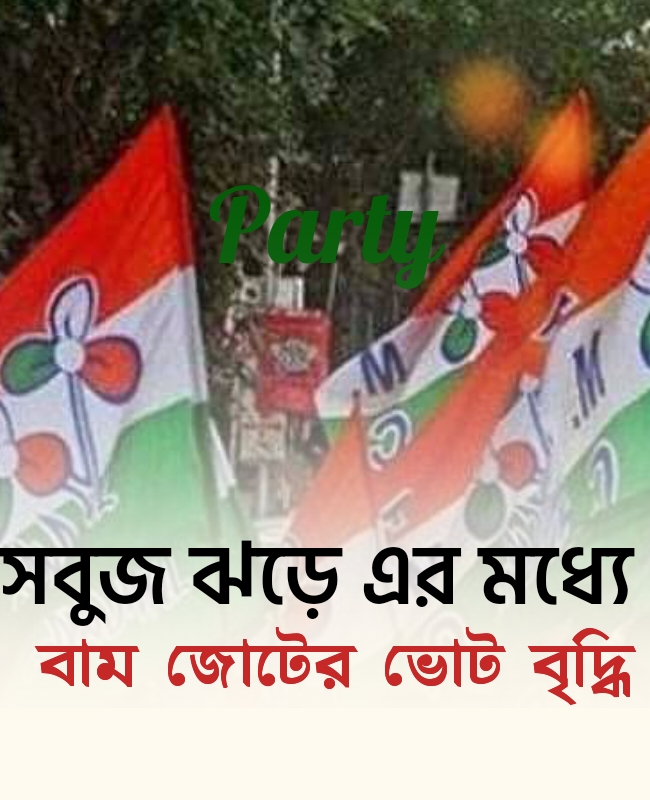A Legacy of Vision & Resilience
The East-West Metro corridor is more than just a transit line; it's a century-old dream realized through political collaboration and engineering perseverance. This interactive report explores the journey of a project that is reshaping Kolkata's future, from its historical conception to its modern-day challenges and triumphs.
Original Vision
1921
Proposed by Harley Dalrymple-Hay
Foundation Laid
2009
Feb 22, by Bhattacharjee & Mukherjee
Project Value
₹4,875 Cr
Initial sanctioned cost
Corridor Route
16.6 km
Salt Lake Sector V to Howrah Maidan
Project Journey
From a colonial-era blueprint to a modern marvel. Click on a year to explore the key milestones and setbacks that have defined the East-West corridor's long and complex history.
Overcoming Hurdles
The project's path has been fraught with significant engineering and logistical challenges. These obstacles have tested the resilience of the project and the city, leading to delays but also fostering innovation in urban construction.
Bowbazar Subsidence
The most significant challenge has been the series of ground subsidence incidents in the densely populated Bowbazar area. These events, caused by tunnel boring machines hitting aquifers, led to building collapses, mass evacuations, and major delays in connecting the Sealdah-Esplanade stretch, pushing the project timeline back significantly.
Funding & Control Shifts
Originally a joint venture, the project's funding structure evolved over time. Technical setbacks and cost overruns eventually led to Indian Railways taking majority control from the state government. This shift altered the project's administrative landscape and, according to critics, diluted the original collaborative vision of the corridor.
A Transformative Legacy
Despite the delays, the East-West corridor is a cornerstone of Kolkata's modern infrastructure. This section visualizes its impact on the city's expanding metro network and reflects on the political dynamics that shaped its creation.
Kolkata Metro Network Growth
Political Landscape
The 2009 foundation ceremony was a rare moment of political unity, bringing together the Left Front state government and the UPA-led central government. However, as the project progressed, its long timeline has fueled ongoing debates over which political faction deserves credit for its initiation and completion, a narrative that continues to play out on social media and in public discourse.
Key Inaugural Figures (2009)
- Buddhadeb Bhattacharjee (CM, WB)
- Pranab Mukherjee (Union Minister)
- Md. Salim & Subhash Chakraborty










